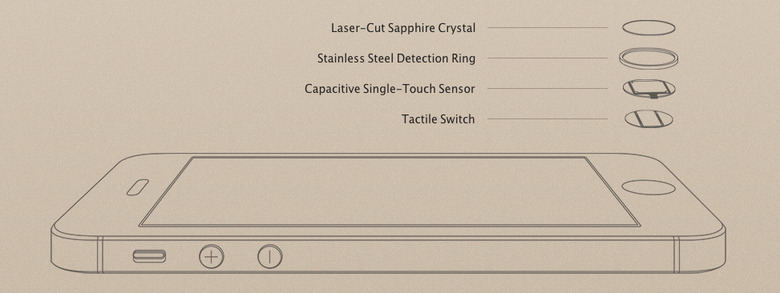Apple Sapphire glass facility confirmed in Austin, tipped for iWatch
This week in celebration of 30 years of Apple's push for Macintosh, Tim Cook spoke with ABC news about several subjects – including, briefly, their investment in USA-based manufacturing facilities. This chat included a reminder that Apple was manufacturing the Mac Pro in Arizona, leading Cook to note their recent investment in Arizona. So-called "sapphire glass" is at the center of this push, and it's quite likely they'll be bringing it to a new product inside this year.
"We also announced a huge investment in Arizona, and we haven't said what it's for," said Cook during the interview. Pressed specifically on if this facility would be used for sapphire, Cook replied, "it's the sapphire announcement, and that's sort of all I'll say about it."
When does that glass come off the line, questioned the ABC's reporter David Muir, "I can't tell you that," said Tim Cook. For bigger iPhone screens, questioned Muir, "I can't tell you that either," laughed Cook. An iWatch, asked Muir, "it's for a ring" replied Cook, quite obviously at a point where jokes were required to cut out the questions.
"We believe fundamentally that people love surprises." – Tim Cook, Apple CEO
The iPhone 5 was the first device to use sapphire crystal for its camera – fitting on the outmost bit to protect the device's lens array due to its intense hardness. Sapphire crystal hits a 9/10 on the Mohs hardness scale, making it ideal for applications like the outermost piece for the iPhone's camera setup – and for the home button on the iPhone 5s.

"That required a team of biometric experts and hardware engineers to rethink how sensor technology works and redesign the iconic Home button. Made from laser-cut sapphire crystal, the surface of the button directs the image of your finger to a capacitive touch sensor, which reads beneath the outer layers of your skin to get a detailed print." – Apple on the iPhone 5s
While Apple hasn't said so itself, it wouldn't make a cost-effective amount of sense to expand the usage of sapphire across a much larger surface than the home button on the iPhone. With a device like a high-end watch, on the other hand, this material has been in use by various brands for quite a long time.
Sapphire crystal is extremely hard and can be made to be extremely thin – as shown in Apple's recent patent filing (VIA a bit too expensive for your average iPhone, as we found out back in 2013 through the word of Vertu's COO Perry Oosting.

Covering the display of a smartwatch, with a bit more wiggle-room for cash as well, isn't nearly such a large leap of the imagination.
Connecting the relatively disparate dots at this point also suggests that Apple might manufacture their first "wearable" device here in the United States as well, starting with the sapphire. Sound like a real possibility to you?
